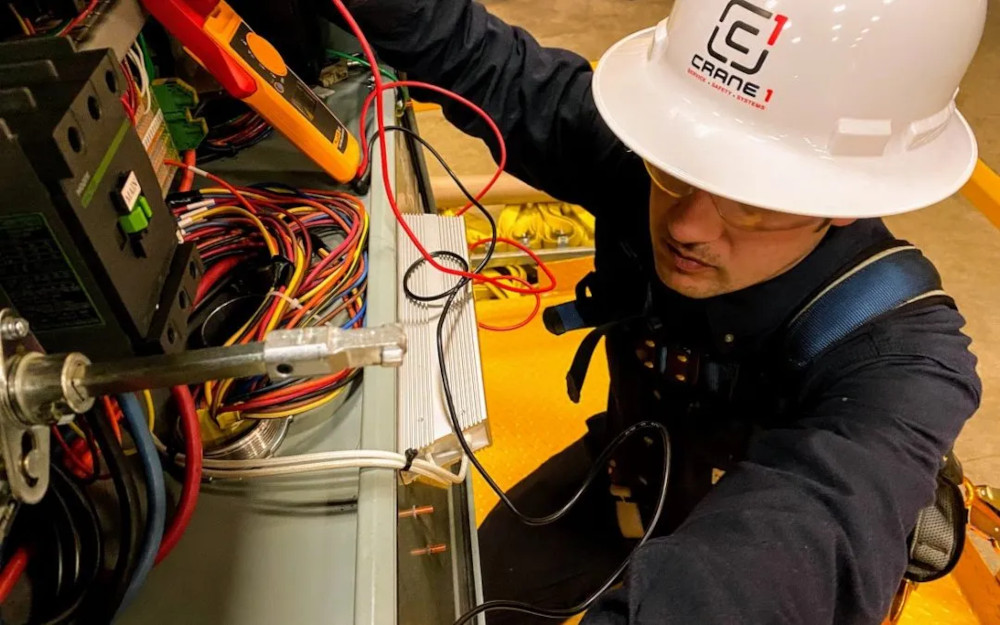5 Best Strategies to Prevent Overhead Crane Breakdowns and Downtime Costs
20 March 2024In today’s business world, many industries heavily rely on cranes, particularly overhead cranes, for lifting and moving heavy materials. However, overhead crane breakdowns can lead to costly downtime, accidents, and even fatalities. According to a study by Lloyds British, there are common causes of crane failure that significantly contribute to these issues. This article will discuss the five best strategies to prevent overhead crane breakdowns and reduce downtime costs for your business.
Common Causes of Overhead Crane Breakdowns
Before diving into the preventive measures, it is essential to understand the common causes of overhead crane breakdowns:
Overloading
Exceeding the weight limits can lead to cranes buckling or collapsing.
Improper Assembly
Incorrect assembly can cause booms to collapse, according to Kansas City Accident Injury Attorneys.
Electrocution
Most electrocutions occur when the crane boom or cable accidentally contacts an overhead power line.
Crane Collapse
This often results from improper installation or operator error.
Failed Rigging
Human errors, such as improper adherence to procedure, can lead to load mishandling and eventually crane failure.
Understanding these causes helps in formulating effective strategies to prevent crane breakdowns.
Best Strategies to Prevent Overhead Crane Breakdowns and Downtime Costs
Strategy #1: Regular Inspections and Maintenance
Regular inspections and maintenance are crucial in identifying potential issues before they escalate into major problems. Ensure all components, including the boom, cables, and control systems, are in good condition. Also, check for any signs of wear and tear or damage that could affect the crane’s functionality.
Strategy #2: Proper Operator Training
Operator error is a significant contributor to crane failures. Therefore, investing in proper operator training is essential. Operators should be well-versed with the crane’s operating procedures, safety protocols, and emergency responses.
Strategy #3: Adherence to Load Limits
Overloading is a common cause of crane failure. It’s vital to adhere strictly to the crane’s load limits to prevent any buckling or collapsing. Load limits should be clearly marked on the crane, and operators should be trained to understand and respect these limits.
Strategy #4: Safe Assembly and Disassembly
Improper assembly can lead to catastrophic failures. Thus, it’s crucial to follow the manufacturer’s instructions when assembling and disassembling the crane. Special attention should be given to the boom assembly, as it often carries the maximum load.
Strategy #5: Implementing Rigging Best Practices
Failed rigging often results from human error. It’s crucial to implement rigging best practices, such as ensuring the load is well-balanced and securely fastened. Regular inspections of rigging equipment are also necessary to identify any potential issues.
Overall, preventing crane breakdowns and reducing downtime costs involves a proactive approach towards maintenance, operator training, adherence to load limits, safe assembly practices, and rigging best practices. By implementing these strategies, businesses can significantly reduce the occurrence of crane breakdowns, thereby saving money on downtime costs and ensuring a safer working environment.
Need to schedule a service or repair for your business’s overhead cranes and equipment? Contact us and schedule a service or repair today with the industry experts at Crane 1 Services!
